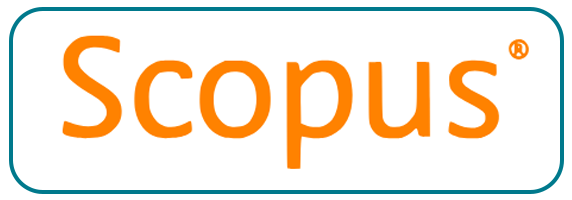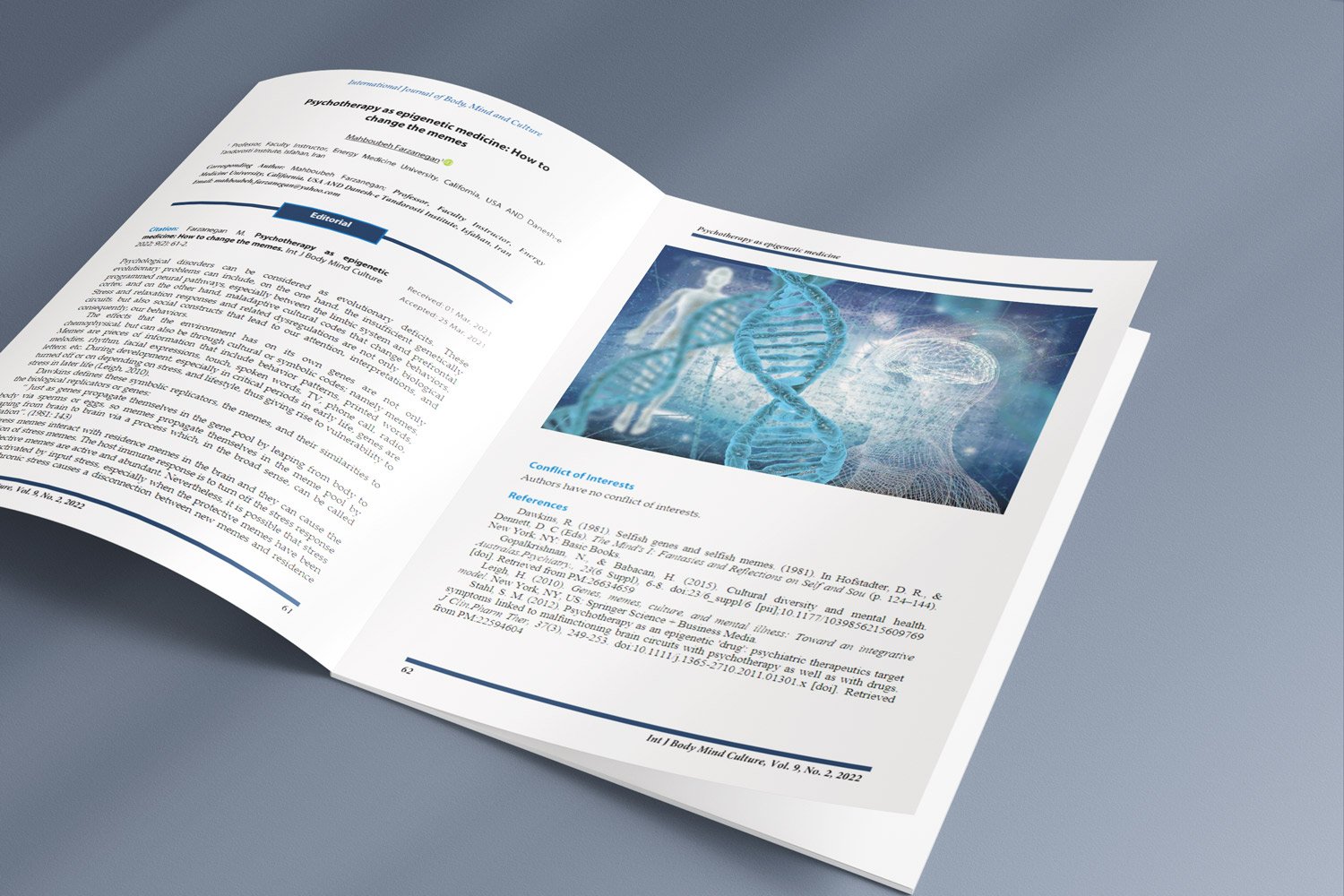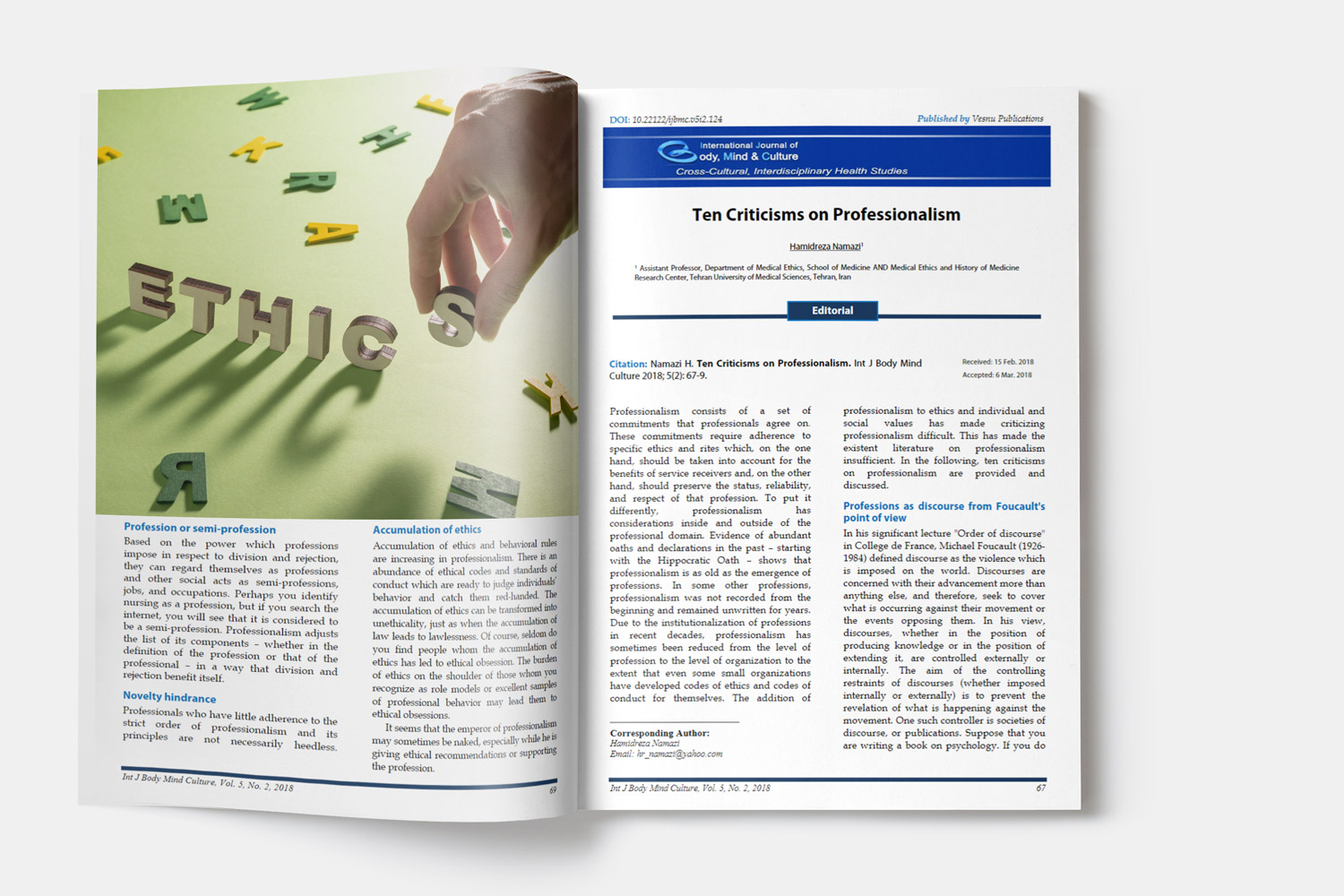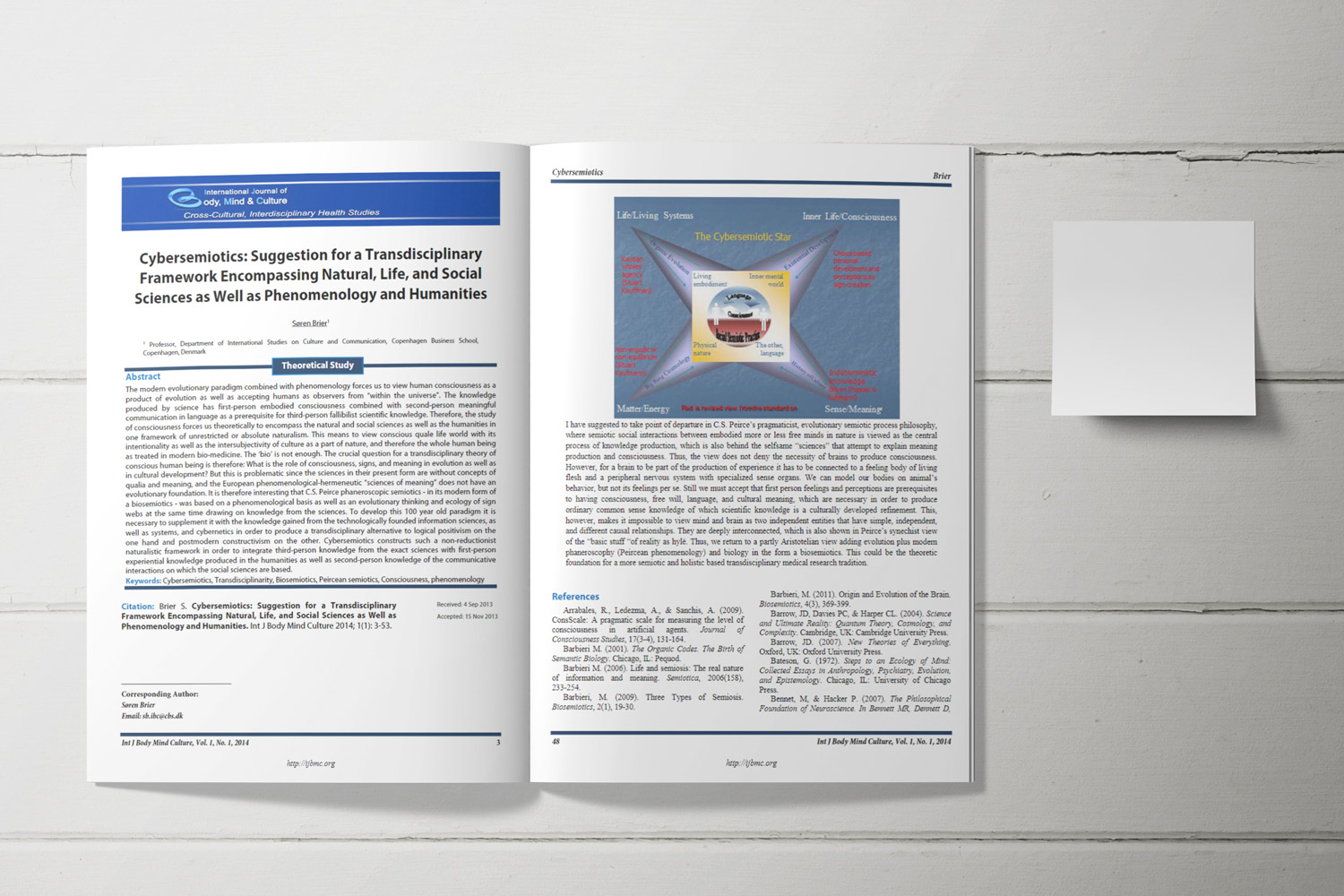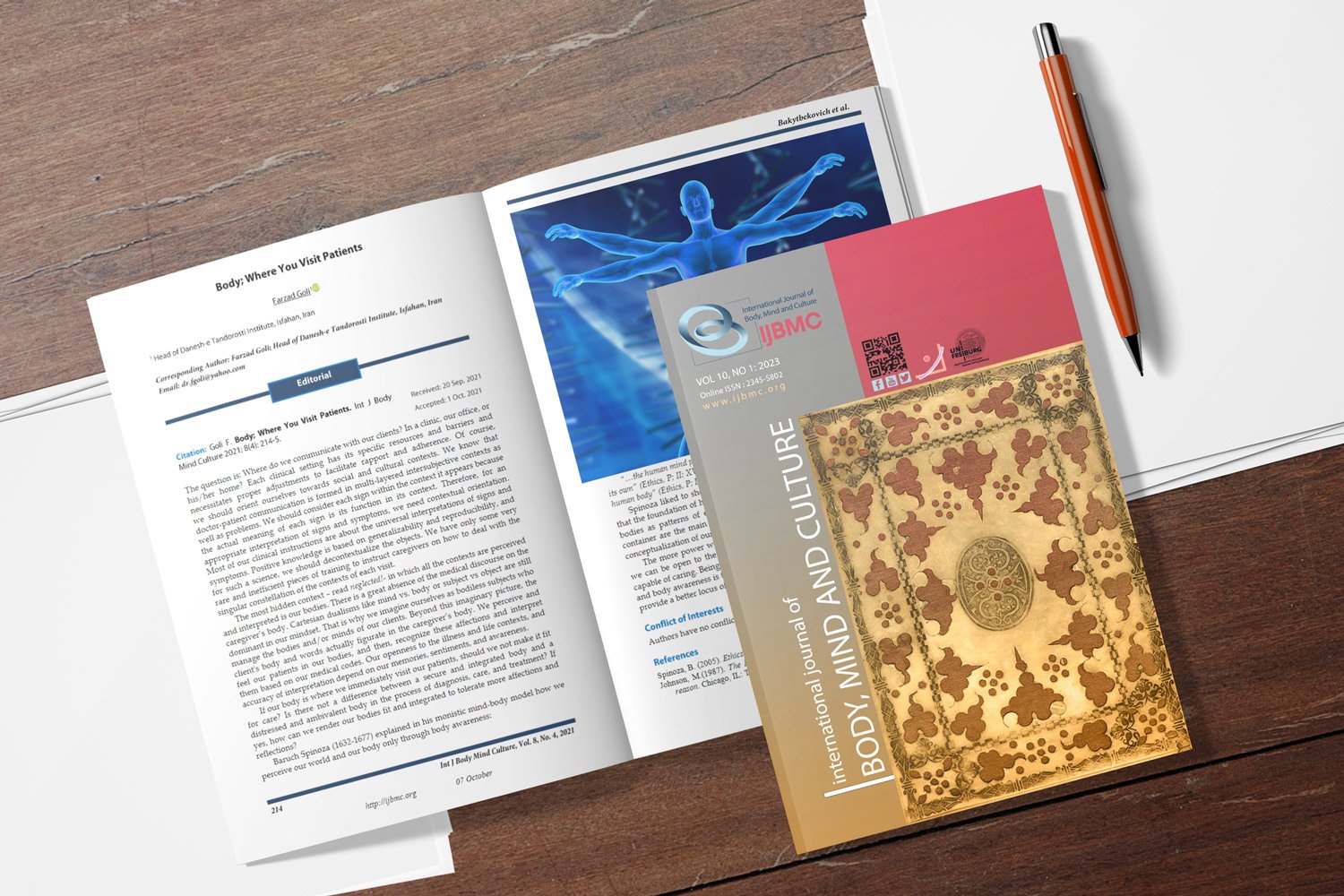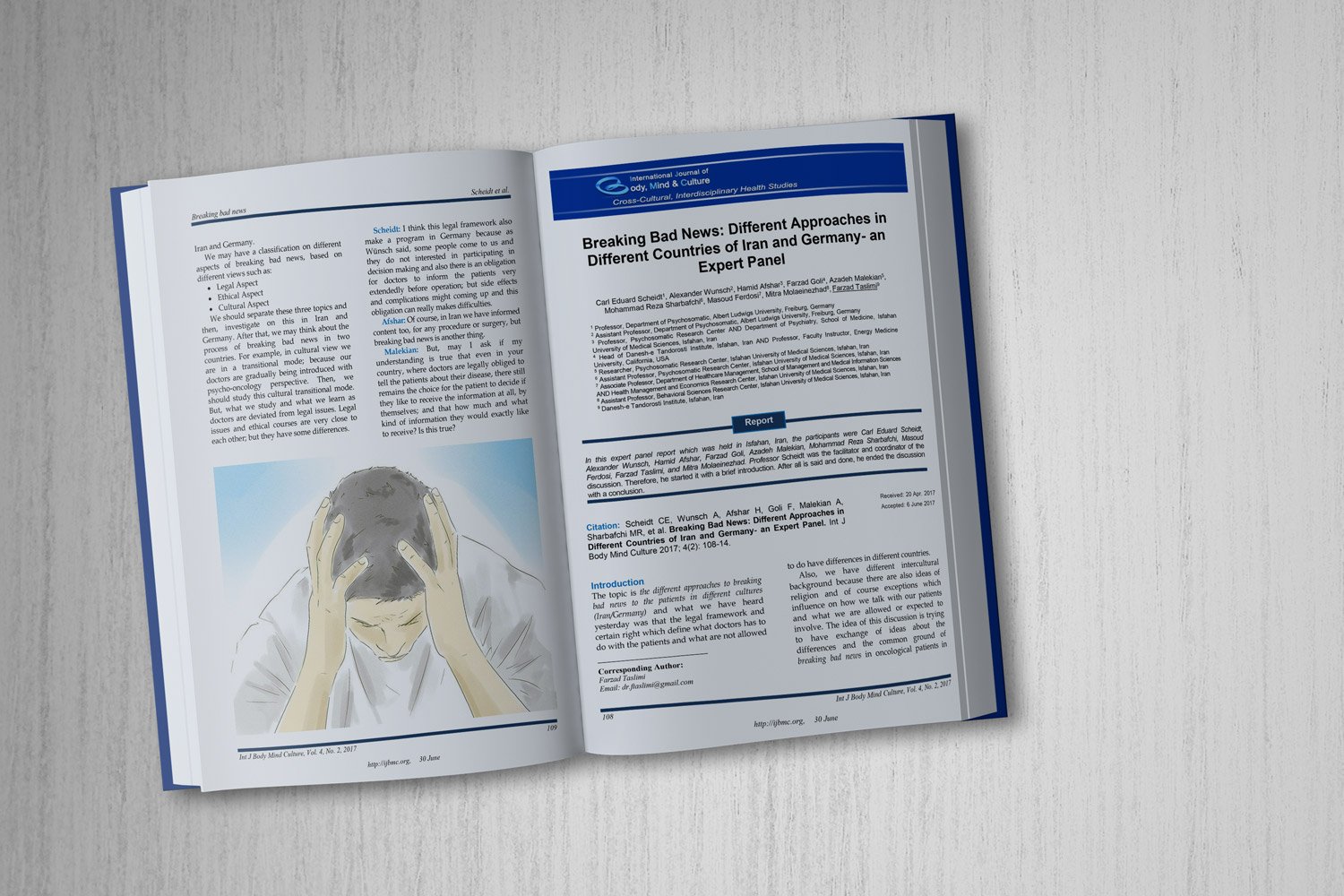Prevalence and Demographic Correlates of Social Media Addiction among Secondary School Students
Downloads
Objective: The excessive use of social media has become a social habit in today’s world, and social media addiction affects people worldwide. The use of social media platforms has increased dramatically in recent years, particularly among young people and teenagers. Social media usage is a global consumer phenomenon that has experienced exponential growth in the last few years. The goal of this study is to assess the prevalence of social media addiction among secondary school students and to examine the association between social media addiction and specific demographic characteristics, including age, gender, grade, residence, and family monthly income.
Methods and Materials: A Descriptive cross-sectional study design was employed to conduct this study, aiming to achieve the objectives. An assessment approach, using questionnaire items, was conducted to assess the prevalence of social media addiction among secondary school students. The study was conducted from December 18, 2024, to January 20, 2025. A probability sample of 10 schools was selected from a population of 384 secondary school students in Al-Diwaniyah city—probability of simple random sampling. Three hundred eighty-four samples of students were chosen from ten secondary schools in the General Directorate of Education in Al-Diwaniyah city.
Findings: The findings indicated that the majority of their age 114 (29.7%) were 18 years old. The results represent that most of the study sample 201(52.3%) were female, the majority of the study sample 145 (37.8%) in 5th grade, the highest percentage 301 (78.4%) were lived in urban areas, the majority of the study sample 124 (32.3%) were Family monthly income 300,000 to 600,000 Iraqi Dinars. Social media addiction indicated that 60.4% of students demonstrated moderate addiction.
Conclusion: Overall, a moderate prevalence of social media addiction was recorded among secondary school students. There is a significant association between social media addiction and demographic data such as sex, residence, grade, family monthly income, and no significant association between social media addiction and age.
Downloads
Abdullah, R. Y., Ismail, B. M. S., Ezzat, H. Q., & Sadeeq, H. A. (2024). Social media addiction among high school students in the Iraqi Kurdistan region. The Egyptian Journal of Community Medicine, 0(0), 0–0. https://doi.org/10.21608/ejcm.2024.271694.1286
Afacan, O., & Ozbek, N. (2019). Investigation of Social Media Addiction of High School Students. International Journal of Educational Methodology, 5(2), 235-245. https://doi.org/10.12973/ijem.5.2.235
Al-musawi, M. A. N. (2024). A study of the effects of social media addiction on psychological well-being among secondary school students in Al-Emara city. Journal of Medical and Allied Sciences, 6(3), 429-442. https://doi.org/10.21608/jmals.2024.383359
Al-Samarraie, H., Bello, K. A., Alzahrani, A. I., Smith, A. P., & Emele, C. (2022). Young Users' Social Media Addiction: Causes, Consequences, and Prevention. Information Technology & People, 35(7), 2314–2343. https://doi.org/10.1108/ITP-11-2020-0753
Azizi, S. M., Soroush, A., & Khatony, A. (2019). The relationship between social networking addiction and academic performance in Iranian students of medical sciences: a cross-sectional study. BMC Psychology, 7, 1–8. https://doi.org/10.1186/s40359-019-0305-0
Baggio, S., Starcevic, V., Studer, J., Simon, O., Gainsbury, S. M., Gmel, G., & Billieux, J. (2018). Technology-mediated addictive behaviors constitute a spectrum of related yet distinct conditions: A network perspective. Psychology of Addictive Behaviors VL - 32(5), 564. https://doi.org/10.1037/adb0000379
Dalvi-Esfahani, M., Niknafs, A., Alaedini, Z., Barati Ahmadabadi, H., Kuss, D. J., & Ramayah, T. (2021). Social Media Addiction and Empathy: Moderating impact of personality traits among high school students. Telematics and Informatics, 57. https://doi.org/10.1016/j.tele.2020.101516
Gezgin, D. M. (2024). Social Media Addiction in High School Students: Demographic Characteristics, Family Relationships and Social Media Use Behaviours. https://www.academia.edu/download/116726961/bildiri_2.pdf
Kircaburun, K., Alhabash, S., Tosuntaş, Ş. B., & Griffiths, M. D. (2018). Uses and gratifications of problematic social media use among university students: A simultaneous examination of the Big Five of personality traits, social media platforms, and social media use motives. International journal of mental health and addiction, 18(3), 525–547. https://doi.org/10.1007/s11469-018-9940-6
Loades, M. E., Chatburn, E., Higson-Sweeney, N., Reynolds, S., Shafran, R., Brigden, A., & Crawley, E. (2020). Rapid systematic review: the impact of social isolation and loneliness on the mental health of children and adolescents in the context of COVID-19. Journal of the American Academy of Child & Adolescent Psychiatry, 59(11), 1218–1239. https://doi.org/10.1016/j.jaac.2020.05.009
Masoed, E. S., Omar, R. A. E. A. T., Magd, A. N. A. E., & Elashry, R. S. (2021). Social media addiction among adolescents: Its relationship to sleep quality and life satisfaction. International Journal of Research in Paediatric Nursing, 3(1), 69–78. https://doi.org/10.33545/26641291.2021.v3.i1b.59ER -
Meikle, G. (2024). Social Media: The Convergence of Public and Personal Communication. Taylor & Francis. https://doi.org/10.4324/9781003021100
Müller, K. W., Dreier, M., Beutel, M. E., & Wölfling, K. (2022). Adding clinical validity to the statistical power of big data: Application of machine learning to the assessment of problematic social media use. Journal of Clinical Medicine, 11(5), 1245. https://doi.org/10.3390/jcm11051245
Nowland, R., Necka, E. A., & Cacioppo, J. T. (2018). Loneliness and social internet use: pathways to reconnection in a digital world? Perspectives on Psychological Science, 13(1), 70–87. https://doi.org/10.1177/1745691617713052
Perumal, N. (2022). Technology and Social Changes in the 21st Century. SK Research Group of Companies. https://www.taylorfrancis.com/chapters/edit/10.4324/9780203449738-11/technology-social-change
Turel, Y., & Toraman, M. (2015). The relationship between Internet addiction and the academic success of secondary school students. Anthropologist, 20. https://avesis.yildiz.edu.tr
Yayman, E., & Bilgin, O. (2020). Relationship between social media addiction, game addiction, and family functions. International Journal of Evaluation and Research in Education, 9(4), 979-986. https://doi.org/10.11591/ijere.v9i4.20680
Copyright (c) 2025 International Journal of Body, Mind and Culture

This work is licensed under a Creative Commons Attribution-NonCommercial 4.0 International License.

